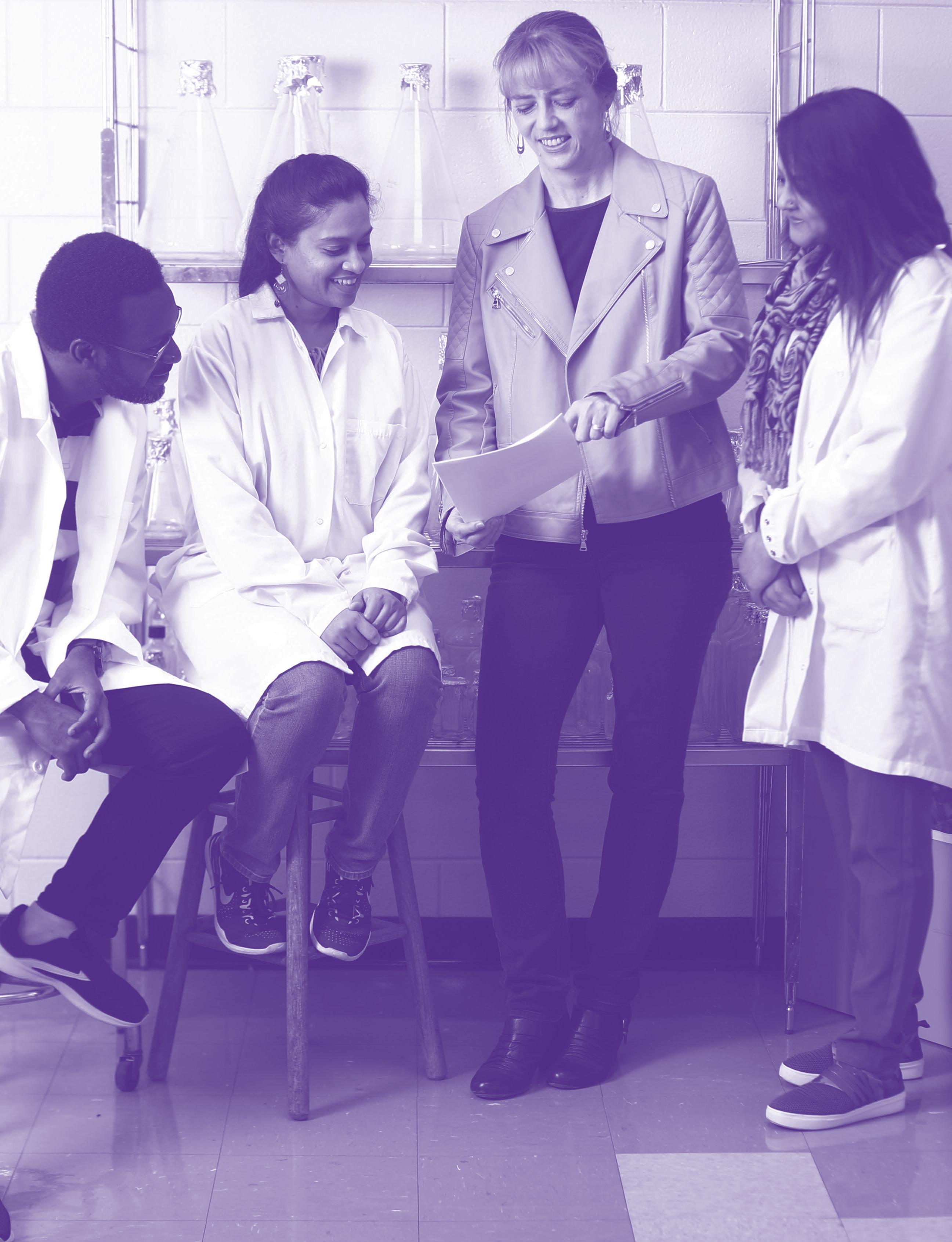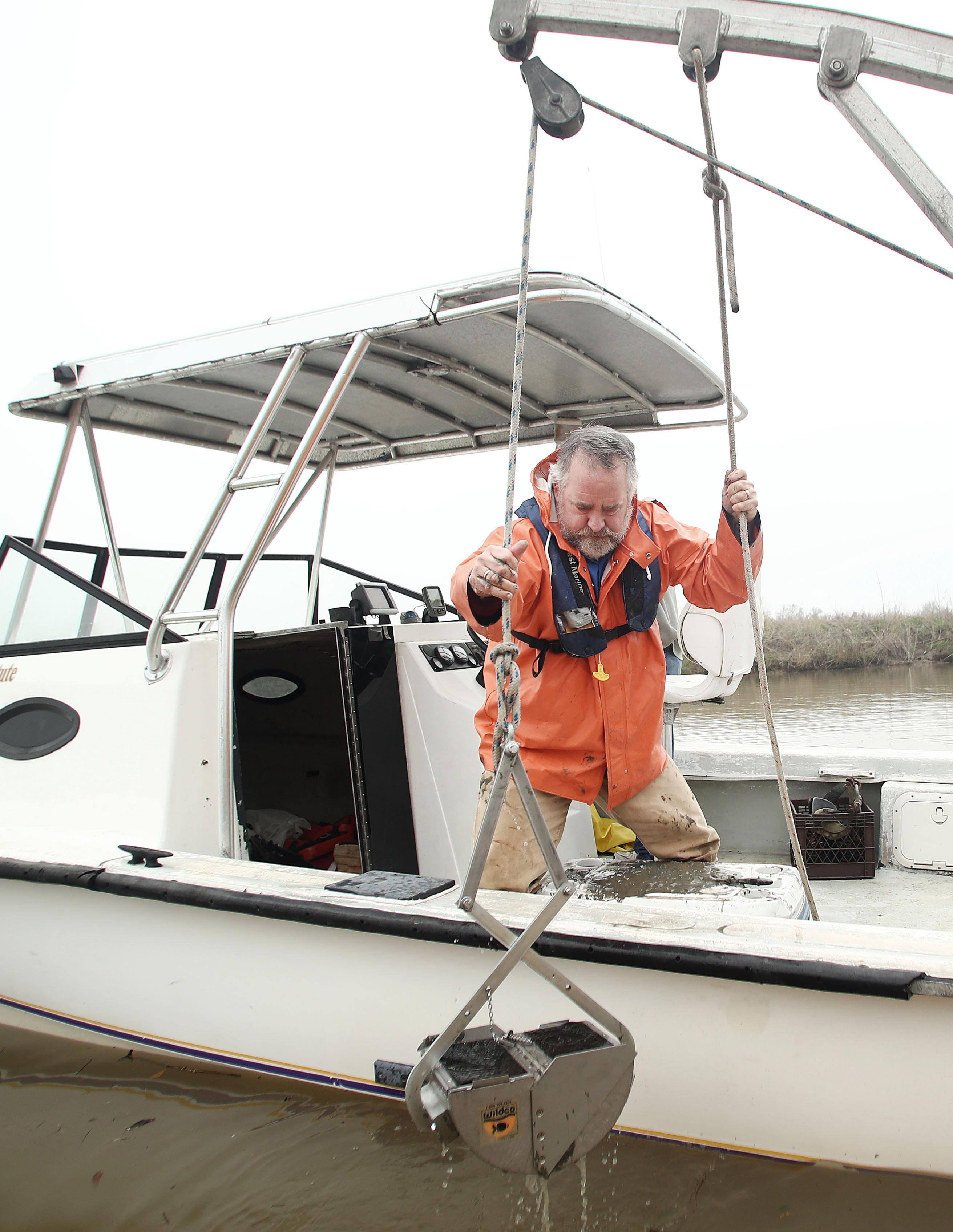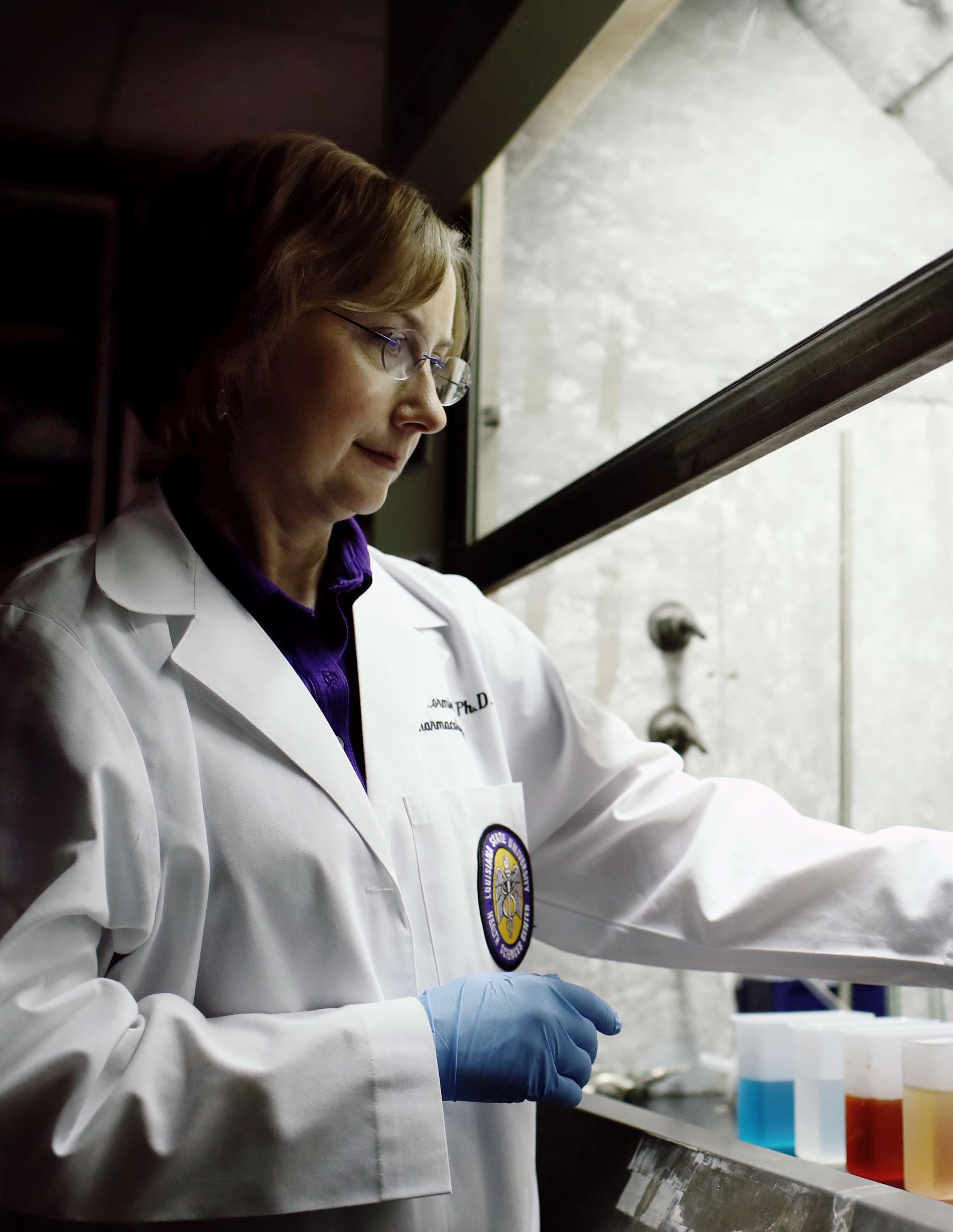LIGO across the ages
HOW DO WE DE T E C T GRAVITATIONAL WAVES? In 2016, the LIGO Scientific Collaboration (LSC) announced what some have hailed the discovery of the century—the first ever detection of gravitational waves. These waves, or ripples in the fabric of spacetime, were caused by two black holes colliding over a billion light years away. For LSU, the investment in LIGO has spanned more than 50 years and is among the longest of the institutions contributing to the discovery. The Laser Interferometer Gravitational-wave Observatory (LIGO) at Livingston is located on LSU property, and LSU faculty, students and research staff are major contributors to the international LIGO Scientific Collaboration. What has brought LSU to such a prominent role in the new field of gravitational-wave astronomy and who are the scientists at its cutting edge?
Photo: Dancing Duo of Black Holes Artist’s conception shows two merging black holes similar to those detected by LIGO Photo credit: LIGO Caltech
11
DETECTIONS OF GRAVITATIONAL WAVES SINCE 2015













